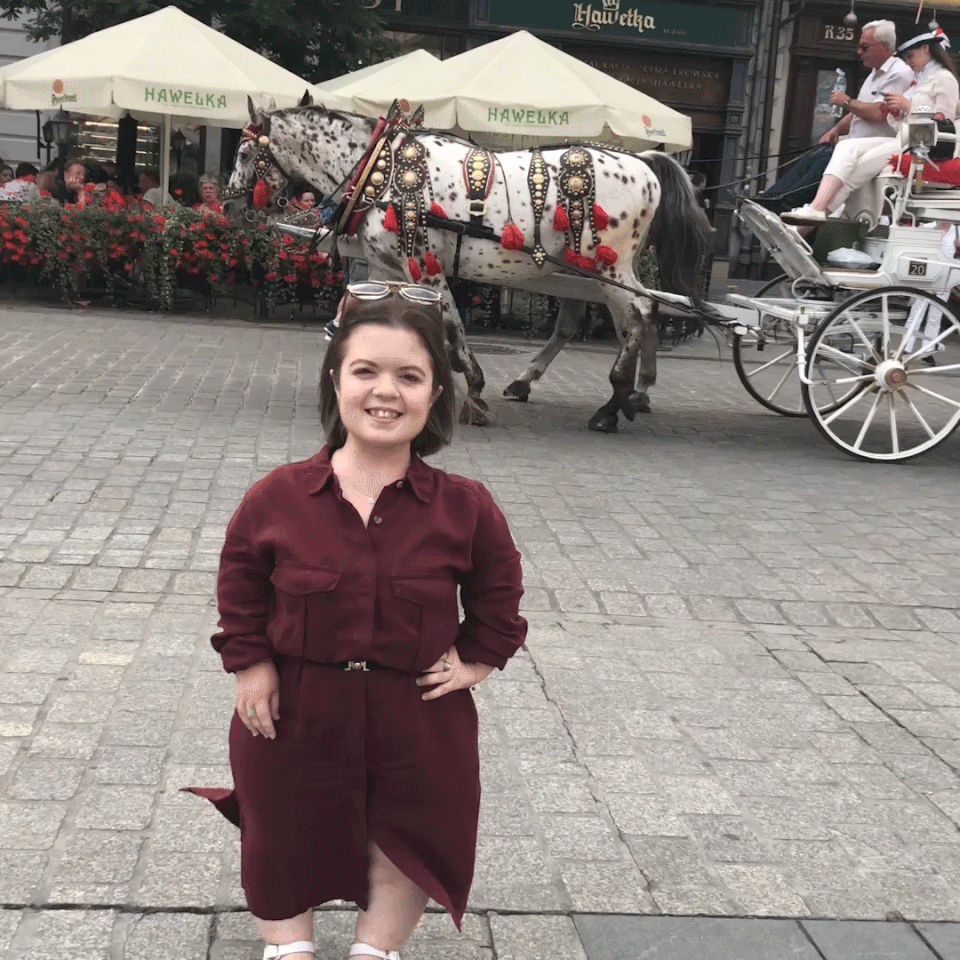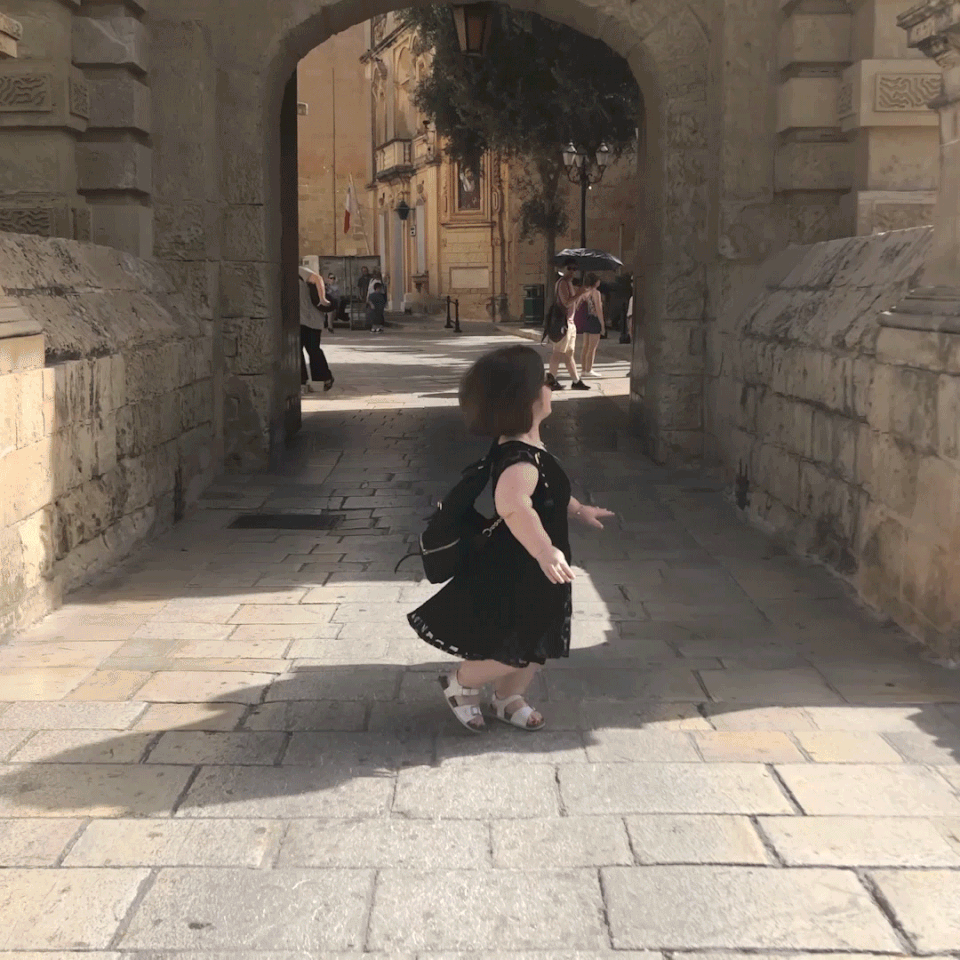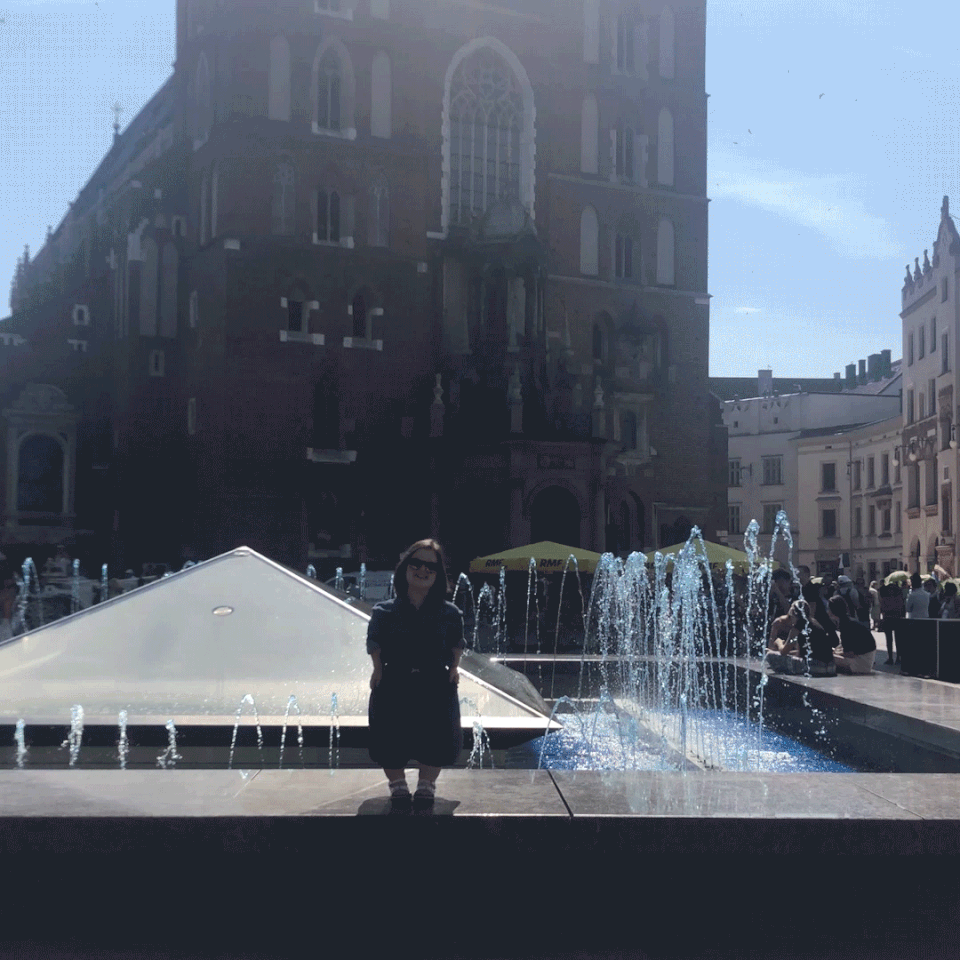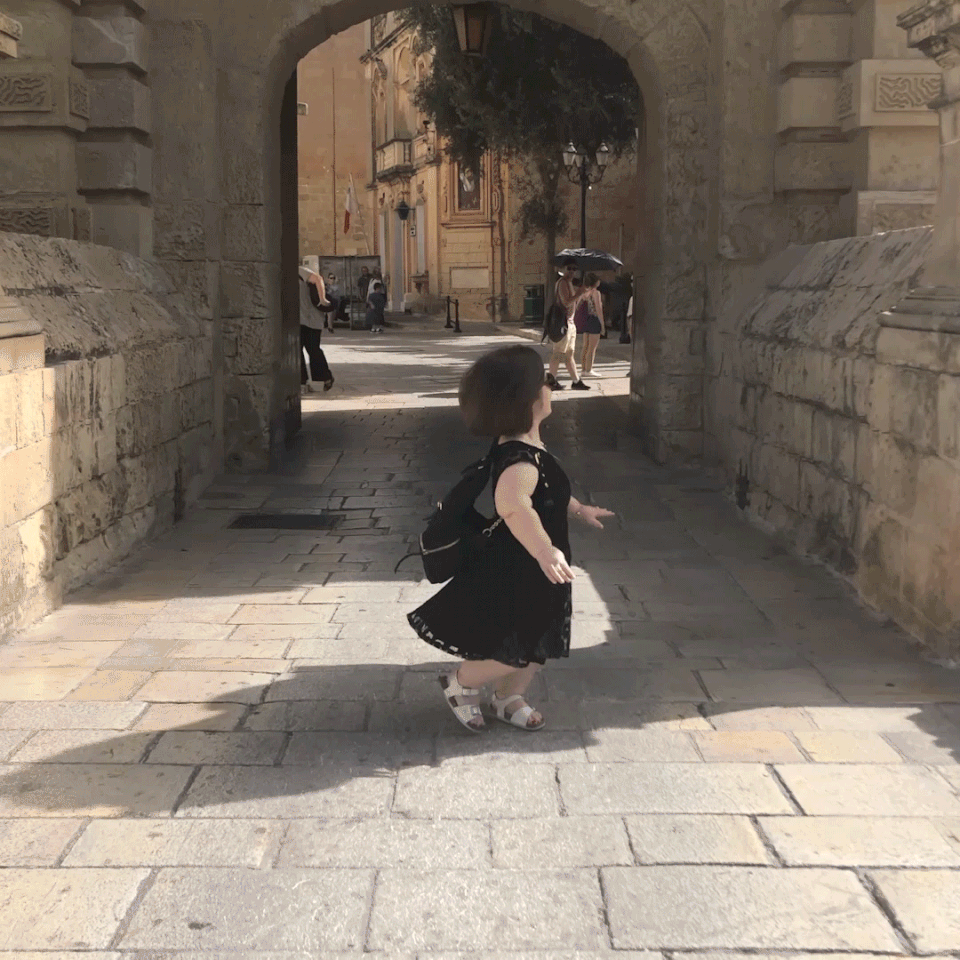Why Fashion Needs Disability Activist Sinead Burke

Many people call themselves influencers, but Sinead Burke is helping to redefine the term. At 27, Burke has become a vocal representative for the disabled, speaking out for a group whose needs have been ignored by fashion. At three feet five and a half inches tall, Burke is a little person, and though the community includes an estimated 30,000 people in the U.S. and more than 600,000 in the world, it has never had such a visible fashion advocate. In the middle of a whirlwind 2018 that has seen her grace magazine covers shot by Tim Walker, meet with Prince Harry and Meghan Markle, and collaborate with powerhouse brands like Burberry, Burke has done plenty to push the needle forward—and she’s only getting warmed up. “Surreal is probably the best word to describe the last year,” she says on the phone from Dublin. “I have lived my whole existence as somebody who is very physically identifiable and often that brings harassment, but I am [now] coming into the stage where my presence on the internet and visibility within fashion circles is growing.”
And with good reason. A true fashion diehard, Burke lights up when talking about designer switches and intra-industry politics, from Victoria Beckham’s return to London Fashion Week to Bernard Arnault’s wheeling and dealing. Growing up in Ireland, she was drawn to fashion at an early age, a fact she says her family took in stride. “My mother, bless her, used to say to me, "You know, Sinead, That's really interesting, but is there anybody else that you can talk to about this with?” And I remember thinking, no,” she says with a laugh. “There was nobody in my physical real world who understood what I was interested in.”
Despite her enthusiasm, Burke’s journey from elementary education student to fashion insider wasn’t straightforward. Tasked with building a website in 2010 for a college class, she dove into the world of blogging with a post about Cate Blanchett’s Givenchy Oscars gown. Her response to the assignment was markedly different that of her classmates, but the experience introduced her to a like-minded audience. Still, with few prominent disabled voices within the industry, she had to blaze her own trail. “My greatest challenge is not because I'm a little person, but it's because of exclusion,” she says. “Both in terms of the design of the built environment in the world that we live in, and then society's assumptions. There is a lack of role models because the system creates barriers to access to education and to opportunity.”

These issues, she explains, are often overlooked by the able-bodied. Most take for granted the process of viewing a show from their seat or a standing position, or how the layout of a venue impacts its accessibility. For Burke, who carries a small stool with her to attend fashion week shows, finding a way to improve access within fashion spaces is crucial, both during the collections and within retail environments. “I think [the lack of access] that comes from the perspective that disabled people not necessarily haven't been welcomed there, but haven't really been thought to be invited or included,” she explains. “Both on the runway as models and also as people who sit in the rows.”
And though Burke has created a personal solution for viewing shows out of necessity, she sees the real issue as a structural one. “We’re still viewing accessibility through a medical model as opposed to finding a solution,” she says. “We’re looking at the issue only in terms of function, and what I love about fashion is this beautiful complex relationship between form and function. One of the challenges we as a society have is that we view accessibility as something that is almost the antithesis of beauty, and that's never helpful.”
Burke is also working to push brands to create clothing for the disabled market, a group with a billion dollars’ worth of buying power that has been all but shut out of fashion. After being told to shop in the children’s department and feeling simply ignored as a consumer, Burke wants brands to look beyond their preconceptions, even if it means making a few mistakes. “Large corporations who historically have assumed power and have always known what the next step is,” she says. “And there is an embarrassment and a fear of publicly admitting that you don't know what to do and worse, of attempting something and doing it wrong,”

According to Burke, the best approach would involve consumers questioning where they spend their money and an increase in diversity at all levels of the business. “I think what these brands really need to do in order to make the next step as holistic and authentic as possible is bring in those people on a consultation basis or as an employment practice, because again, these minority voices are not just missing from campaigns but also from every echelon of that business strata. Bring them in,” she says. “And when you bring those people in and sit them alongside the board table, they will be able to make sure that all of the content, all of the imagery, and all of the designs are created with that customer in mind.”
The big ideas Burke proposes are more than wishful thinking, currently working with design students at Ireland’s National College of Art and Design to create necessary items like backpacks that double as built in seating and clothing created with the proportions of little people in mind. Rather than wait around for others to catch on she’s leading by example. Though the role of advocate is never one she planned for Burke feels ready for it. “As somebody with a background in education, who doesn't want the next generation to have to facilitate these conversations in 10, 20 years time, I was very happy to be one of those people who's encouraging this dialogue,” she says. “I didn't choose to be a little person, but I’m very pleased to be one.”


